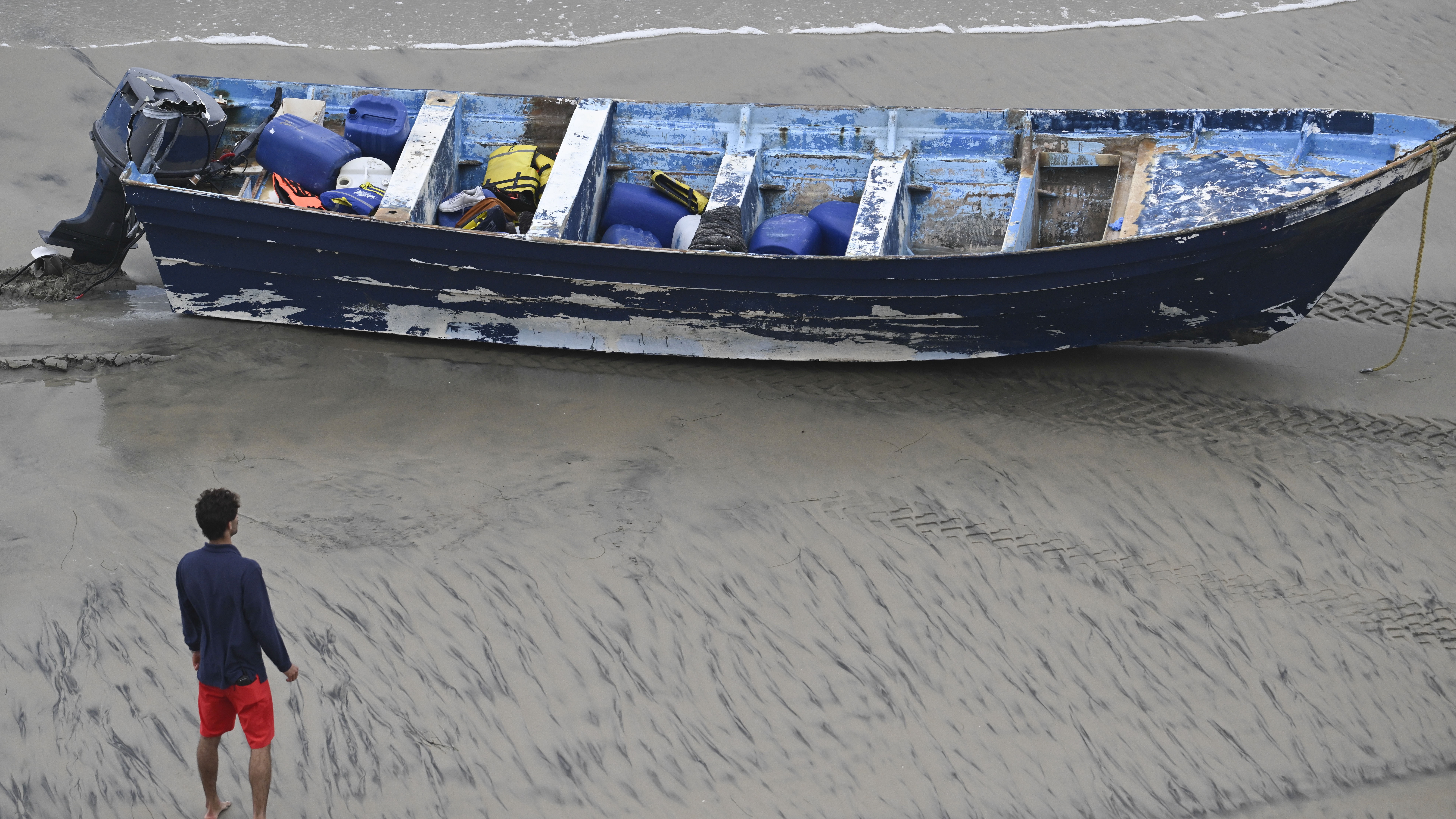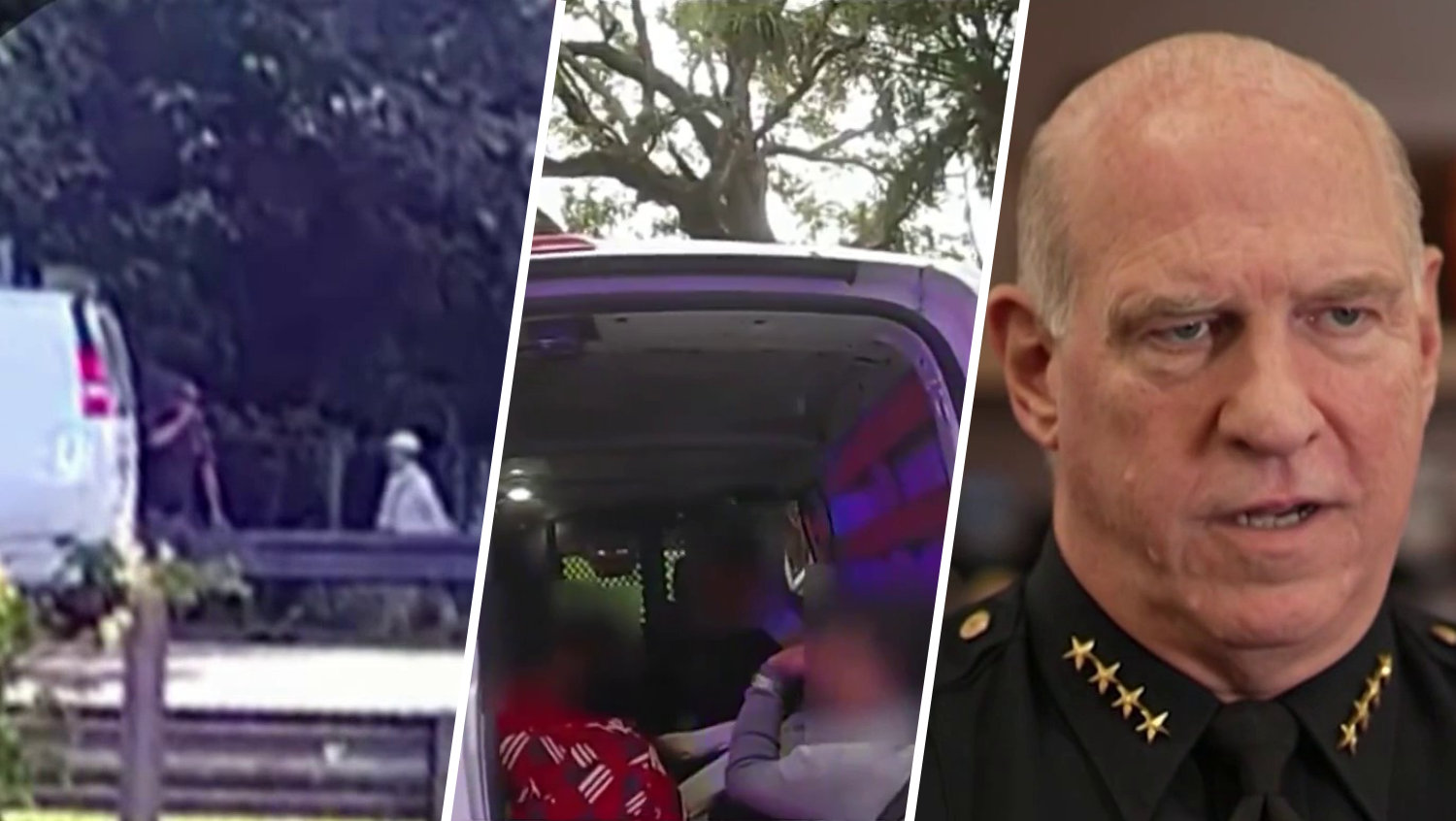Immigrants Detained: Colorado Nightclub Raid Exposes Shocking Truth
Colorado Nightclub Raid: Over 100 Immigrants Detained
Introduction: A Night Gone Wrong
Imagine you're out for a night of music and dancing, a brief escape from the everyday grind. Then, suddenly, the music stops, the lights blaze, and armed federal agents storm in. This wasn't a scene from a movie; it became a reality for over 100 individuals at an illegal after-hours nightclub in Colorado. Authorities took them into custody, suspecting they were undocumented immigrants. This incident raises a multitude of questions about immigration enforcement, individual rights, and the lengths to which the government will go to uphold immigration laws. This article delves deep into this controversial event, examining the context, the implications, and the aftermath.
The Raid: A Dramatic Scene Unfolds
The Drug Enforcement Administration (DEA) released video footage showcasing agents announcing their presence outside the building. Patrons were ordered to exit with their hands raised. Other videos captured chaotic scenes of people fleeing the nightclub, some even escaping through a smashed window. Dozens of individuals were later seen in handcuffs, awaiting transportation. It's a stark visual, painting a vivid picture of the raid's intensity. Was this show of force necessary? Or were there alternative approaches that could have been employed?
The DEA's Involvement: Why Drugs?
Why was the Drug Enforcement Administration involved in what appears to be an immigration matter? The DEA's presence suggests that the nightclub was suspected of more than just operating illegally after hours and harboring undocumented immigrants. Was there evidence of drug trafficking or other criminal activity occurring within the premises? This is a critical piece of the puzzle that needs further examination. Was the immigration status discovered during a drug investigation, or was the raid primarily targeting undocumented individuals?
Potential Drug-Related Activities
If the DEA were involved because of suspected drug activities, what specific substances were they looking for? Were they targeting specific individuals or the establishment as a whole? The answers to these questions would greatly influence our understanding of the raid's legitimacy and purpose.
Immigration Enforcement Under Scrutiny
This incident occurred against the backdrop of heightened immigration enforcement policies. The crackdown has led to the detention of numerous individuals, including international students. These policies have been met with both support and fierce opposition. Is this a necessary measure to secure our borders, or an overreach of government power that infringes on human rights?
Donald Trump's Immigration Policies
During his presidency, Donald Trump implemented numerous policies aimed at tightening immigration control. This included increased border security, stricter visa requirements, and more aggressive enforcement of existing immigration laws. This event fits into that larger pattern of enforcement. How might the current administration's policies differ? Are they still as aggressive?
The Legal Ramifications: Due Process and Rights
One of the most pressing questions arising from this raid is whether the detained individuals' rights were protected. Were they afforded due process? Did they have access to legal representation? Every individual, regardless of their immigration status, is entitled to certain rights under the law. Were those rights respected during the raid and subsequent detention?
Access to Legal Counsel
Did the detained immigrants have access to legal counsel? Were they informed of their rights? Were they given the opportunity to speak with an attorney before being questioned or processed? These are crucial questions in determining whether their due process rights were upheld.
The Human Cost: Families and Communities Impacted
Beyond the legal aspects, it's essential to consider the human cost of these actions. These are not just statistics; they are individuals, many of whom have families and contribute to their communities. Detention and deportation can have devastating consequences for families, both financially and emotionally. What support systems are in place to help those affected by these policies?
The Impact on Children
What happens to the children of detained or deported immigrants? Are they left without parents or caregivers? Are they forced to navigate a complex and unfamiliar system? The impact on children is often overlooked in discussions about immigration enforcement, but it is a critical consideration.
The Nightclub's Role: A Sanctuary or an Exploitation Hub?
Why was this nightclub operating illegally after hours? Was it providing a safe space for undocumented immigrants to socialize and find community, or was it exploiting their vulnerable status for profit? It's essential to understand the motivations behind the nightclub's operations to gain a more complete picture of the situation.
The Owner's Responsibility
What responsibility does the nightclub owner bear in this situation? Were they aware of the immigration status of their patrons? Were they actively recruiting undocumented immigrants to patronize their establishment? Their role in this incident needs to be thoroughly investigated.
The Community's Response: Division and Solidarity
Events like this often spark strong reactions within the community. Some may support the enforcement actions, believing they are necessary to uphold the law. Others may condemn the raid, viewing it as a violation of human rights. These incidents often highlight the deep divisions within our society regarding immigration. But there's also the solidarity from groups that came to the aid of those detained by providing legal representation and food. How can we bridge these divides and foster a more compassionate and understanding dialogue about immigration?
Local Activism and Support
How has the local community responded to the raid? Have there been protests or demonstrations? Have local organizations stepped in to provide support to the detained immigrants and their families? Understanding the community's response can provide valuable insights into the broader social and political context of the situation.
The Future of Immigration Enforcement: What Lies Ahead?
This incident raises fundamental questions about the future of immigration enforcement in the United States. Will we continue down the path of aggressive enforcement, or will we adopt a more humane and compassionate approach? The answer to this question will have profound implications for millions of people living in this country. How can we ensure that our immigration policies are both effective and just?
Potential Policy Changes
What policy changes might be necessary to address the root causes of undocumented immigration and create a more fair and equitable system? Are there alternative approaches to enforcement that could be more effective and less harmful? These are critical questions that policymakers need to address.
The Broader Context: Economic Factors and Push-Pull Factors
It's important to remember that immigration is a complex issue driven by a multitude of factors. Economic opportunities (or lack thereof), political instability, and social conditions in immigrants' home countries all play a role. We can't solely rely on enforcement to solve the issue; we need to address the root causes that drive people to seek a better life in the United States.
Media Coverage: Shaping Public Opinion
How the media portrays events like this can significantly influence public opinion. Are the news reports balanced and objective, or are they biased and sensationalized? It's crucial to critically evaluate the information we consume and be aware of the potential for media manipulation. What role does social media play in shaping perceptions and disseminating information (or misinformation)?
Conclusion: Reflecting on the Colorado Nightclub Raid
The Colorado nightclub raid serves as a stark reminder of the complexities and controversies surrounding immigration enforcement in the United States. Over 100 immigrants were detained at an illegal after-hours nightclub, raising concerns about due process, human rights, and the impact on families and communities. This incident highlights the need for a more nuanced and compassionate approach to immigration policy, one that addresses the root causes of undocumented immigration and prioritizes the dignity and rights of all individuals. It's a situation that warrants deeper investigation, broader societal discussions, and perhaps a reevaluation of our priorities as a nation.
Frequently Asked Questions
- What exactly is an "illegal after-hours nightclub"?
An illegal after-hours nightclub is an establishment that operates outside of legally permitted hours, often lacking proper licenses and permits. This can make it a target for law enforcement due to potential safety violations and other illegal activities.
- What rights do undocumented immigrants have in the United States?
Undocumented immigrants have certain constitutional rights, including the right to due process under the Fifth and Fourteenth Amendments. This means they are entitled to a fair legal process if they are accused of a crime. They also have the right to remain silent and the right to an attorney, though they are not entitled to a court-appointed attorney in civil immigration proceedings.
- What is the role of the Drug Enforcement Administration (DEA) in immigration enforcement?
The DEA's primary mission is to combat drug trafficking and enforce drug laws. However, if the DEA encounters individuals who are suspected of being in the country illegally during a drug investigation, they may coordinate with Immigration and Customs Enforcement (ICE) to take those individuals into custody.
- What are the potential consequences of being detained by immigration authorities?
The consequences can vary depending on the individual's circumstances. Detained individuals may be held in immigration detention centers while their cases are processed. If they are found to be in violation of immigration laws, they may be deported back to their country of origin. They may also face difficulty re-entering the United States in the future.
- How can I help immigrants who have been detained or deported?
There are many ways to help, including donating to organizations that provide legal assistance and support to immigrants, volunteering your time to assist immigrant communities, and advocating for more humane and just immigration policies. You can also educate yourself and others about the challenges faced by immigrants and work to combat misinformation and prejudice.


